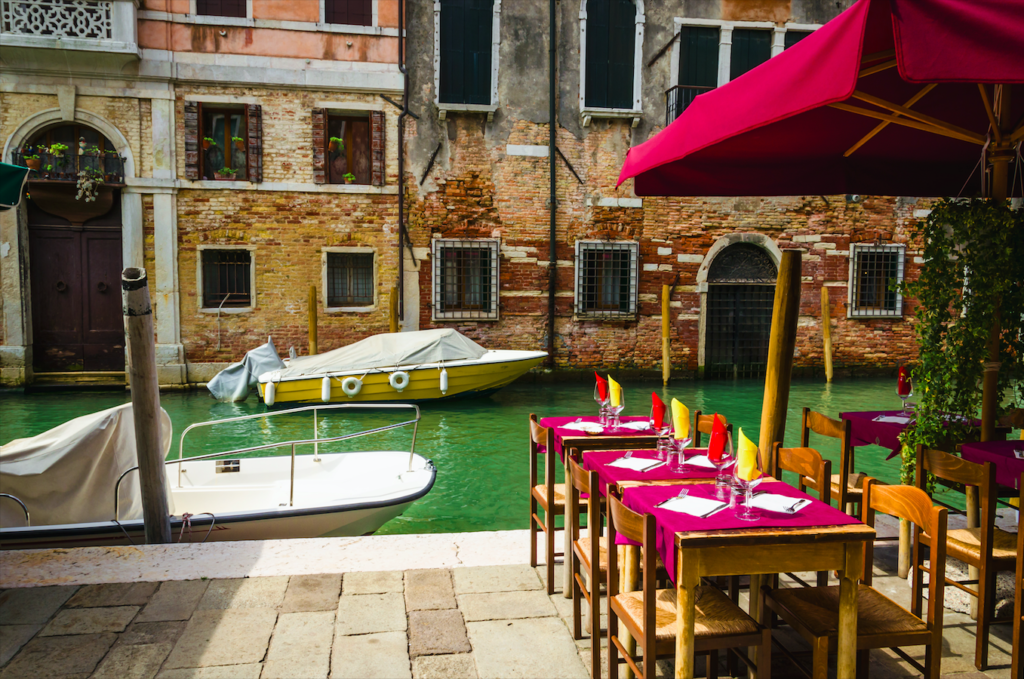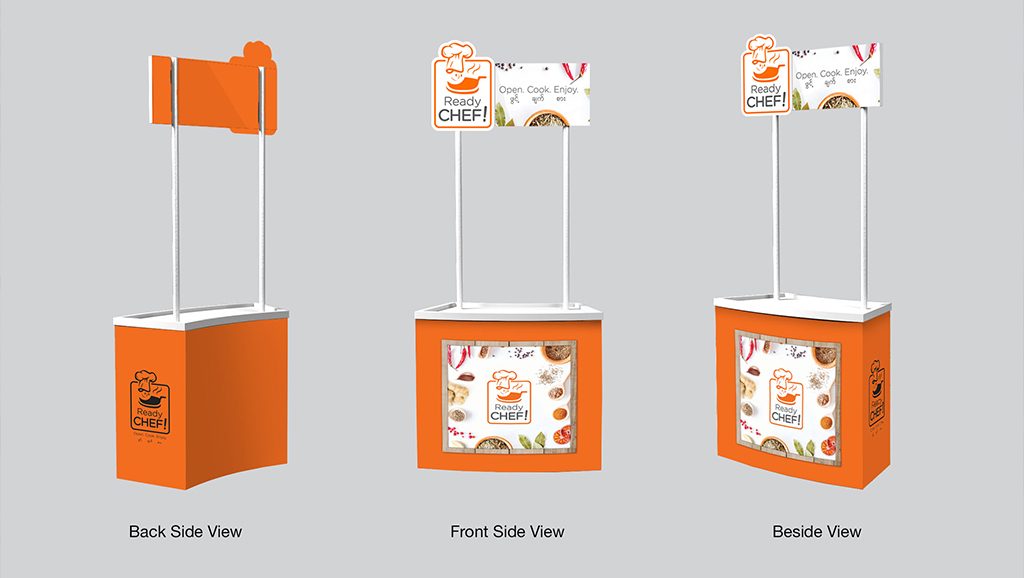

Food is a critical component of the human experience. Sleeping and eating are our needs at their most basic, so when guests are making their accommodation choices it only seems natural that the dining options on offer would also impact on their decision. In the past, this wasn’t always the case. With mega-chains such as Hyatt and Hilton dominating the market, hotels used to be focused on accommodation first with amenities taking a back-burner. Current trends are shifting towards a preference for smaller hotels with a more intimate, home-away-from-home vibe. To that end, boutique hoteliers have prioritized the in-house culinary experience and with it, in same cases, the hotel restaurant is taking center stage.
Reimagine the Culinary Experience
F&B is no longer predictable. While a hotel should have a breakfast buffet and lobby bar as staples, what if the guest experience included a breakfast picnic, or better yet, breakfast in a rice barn highlighting the hotel’s private paddies. Some properties even offer in-room dining with a chef-prepared barbeque. It’s all about maximizing the overall experience and enhancing the brand. There is an increasing trend towards farm-to-table hotel dining with incredibly remote properties set on working farms – ingredients are plucked directly from the grounds while guests revel in their meals being sourced in such proximity.
Trend-Setting
Boutique hotels have become synonymous with individuality, having chic and eclectic decor, while offering refreshing new features that entice locals, as well as travellers. Dining has the potential to be the epicenter of a hip local gourmand scene. Nahm at the Metropolitan Hotel in Bangkok is the perfect example. Launched by culinary giant, David Thompson, the establishment achieved number 53 in World Restaurant rankings, just 2 years after opening. One year later, it reached top restaurant in Asia. Thompson also won the Diner’s Club Lifetime Achievement Award in 2016. Having such prestigious accolades attached to a hotel draws in foodies who will naturally share their dining experiences through social media. Word spreads fast. At this level, being a culinary destination has the potential to boost room bookings as well. It’s win-win.

Design is Everything
It is without a doubt a significant design challenge to develop effective branding for a hotel’s F&B that distinguishes itself from the hotel’s overall branding. The style needs to stand-out and exist on its’ own, yet maintain design traces that connect it back to the property. This extends to interior design – customized spaces, open kitchens, unique features – the sky’s the limit, but everything must be unified. Some hotel restaurants have taken on notable chefs to enhance their brand by essentially building on the pre-existing brand success of the chef. Whatever the strategy, having a competent design team to strategize these decisions will take a hotel’s culinary experience to the next level.




















